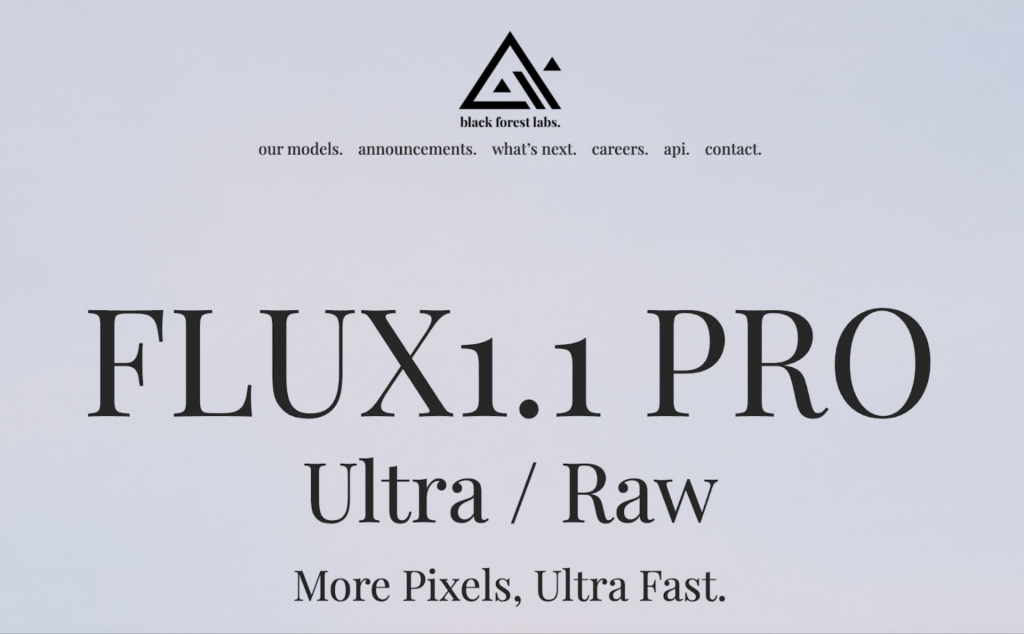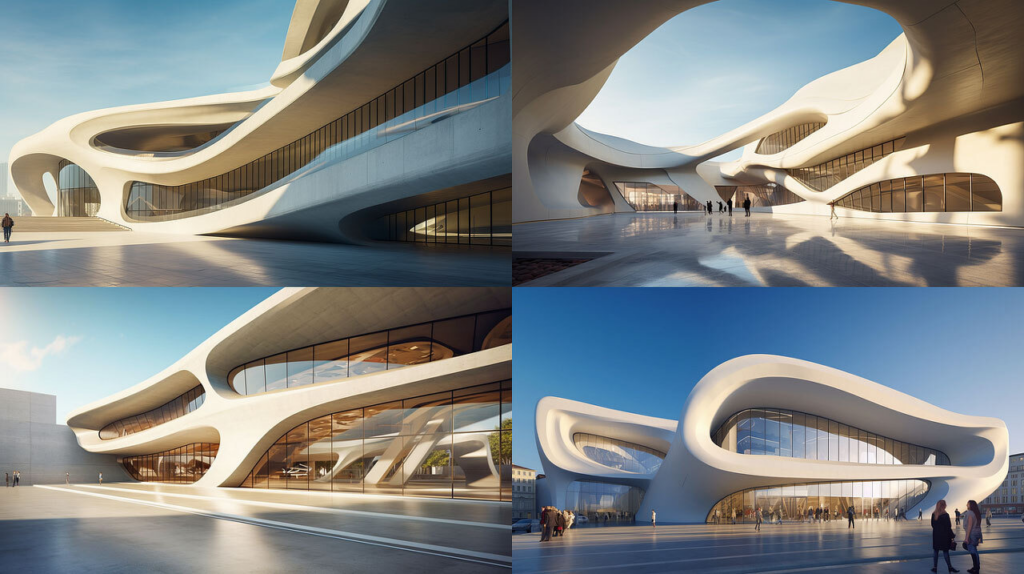Unlocking the Future of Spatial Design: How Image-Generating AI Tools Are Transforming the Industry
6/11/2025
In the past few years, generative AI has moved from a futuristic concept to a real-world disruptor, reshaping industries from content creation to product design. One of the most exciting areas of application? Spatial design.
With AI models like Stable Diffusion and FLUX, AI-generated imagery is no longer just a novelty. It’s now a powerful resource for architects and designers looking to save time, reduce costs, and unlock new creative potential.
What Is Image-Generating AI?
Image-generating AI is a type of artificial intelligence technology that creates new images based on various input data such as text descriptions, sample images, or other design parameters. One major advantage of generative AI is its ability to automate repetitive tasks, saving time, significantly reducing the need for design software or outsourcing, and quickly generating a variety of design options.

Image Source: Midjourney
Where traditional design software required hours of manual input, generative AI can produce high-quality, context-aware renderings in a matter of seconds, transforming how early-stage concepts and visualizations are created.
Stable Diffusion and FLUX
Two leading players in the AI image-generation space are Stable Diffusion and FLUX. Each offers unique advantages that make them valuable tools for spatial design professionals.
Stable Diffusion
Developed by Stability AI, Stable Diffusion is widely used for its ability to generate a broad range of visual styles. Unlike earlier models that relied solely on text prompts, Stable Diffusion uses a multi-modal system, accepting both text and images as inputs – allowing users to guide and fine-tune their outputs with precision.

Image Source: Stability AI Official Website
Strengths: Backed by a large development community with abundant resources for customization across various industries and use cases.
Limitations: Sometimes produces less aesthetically refined results, especially when rendering complex structures like human figures.
FLUX
Created by Black Forest Labs (founded by former Stable Diffusion developers), FLUX also uses a multi-modal input system but is built on a different computational architecture. It is widely praised for producing more aesthetically refined images. While FLUX is still new and lacks extensive fine-tuning or internal modules, it already surpasses Stable Diffusion in some areas, particularly in image quality.

Image Source: Black Forest Labs Official Website
Strengths: Excellent prompt adherence and greater detail in outputs; superior aesthetics; capable of handling in-image text more accurately.
Limitations: Still lacks sufficient resources and a user-friendly interface for easy customization – programming knowledge may be required for optimal use.
Real-World Applications in Spatial Design
Earlier generations of generative AI were primarily used for early-stage ideation – producing conceptual or mood-board-style images from text prompts. While helpful for inspiration, these tools fell short in detailed, practical applications.
Today, tools like Stable Diffusion and FLUX have significantly expanded what’s possible. Thanks to their ability to accept both text and image inputs, designers can now guide the AI to produce new visuals while preserving the original structure, layout, or geometry of a source image. This makes them valuable not just for brainstorming, but for real design execution.

For instance, users can:
- Maintain the base layout of a room or building while adjusting materials, color palettes, or lighting
- Experiment with converting a space for a different function without starting from scratch
- Make quick edits to specific parts of an existing image using simple prompts or visual references
Key Use Cases:
- Rapid Ideation: Generate early-stage concept images from text or visual prompts.
- Design Variations: Modify spatial elements like color, materials, or layout without changing structural composition.
- Communication Tool: Help clients visualize ideas more effectively, even without technical knowledge.
- Design Editing: Easily update or repurpose existing renderings with minimal effort.
Because tools like Stable Diffusion and FLUX can maintain the original structure of input images while applying new textures, themes, or functions, they’re not just creative engines – they’re operational tools that save time and improve collaboration.
AI-Enhanced Tools for Design Professionals
Today’s generative AI tools fall into two broad categories:
1. AI Add-ons to Traditional Design Software
Design platforms like Adobe Firefly, SketchUp, Revit, and Rhinoceros are adding generative AI features that streamline tasks like layout creation and visual editing. These integrations help traditional workflows become faster and more flexible.

2. AI-Native Platforms
Tech startups like Archivinci, mnml AI, EvolveLAB and Planby Technologies are developing entirely new platforms built around AI from the ground up. These tools go beyond enhancement, they rethink the entire design process to be automation-first, intuitive, and scalable.

Image Source: Planby Studio Website
Planby Studio, in particular, leads the way by offering an intelligent platform for automated architectural design, tailored to the needs of modern professionals. We’ll explore the features of each of these services in more detail in upcoming posts, so stay tuned!
What’s Next? From 2D Visuals to 3D Realizations
As generative AI evolves, we’re not far from a world where AI can generate full 3D models ready for construction, not just 2D images. This will allow architects and designers to move fluidly from ideation to implementation, all in one platform.

Image Source: Adobe Official Website
Moreover, AI will significantly contribute to sustainable architecture, a major theme for the future. By leveraging AI’s data analysis capabilities, designers can create environmentally conscious designs, thereby contributing to the development of sustainable cities. These changes will reshape the paradigm of spatial design and unlock new possibilities. The transformation generative AI will bring to the field of spatial design – exciting, isn’t it?
Conclusion: The Future Is Already Being Built
Generative AI is changing the game in spatial design. From speeding up concept development to improving communication between clients and designers, image-generation tools like Stable Diffusion, FLUX, and Planby Studio are opening the door to a more efficient, creative, and sustainable future.
Whether you’re an architecture firm, real estate developer, or creative director, now’s the time to explore how AI can supercharge your design process.